How to Make Paleo Work for You with Michelle Tam of Nom Nom Paleo
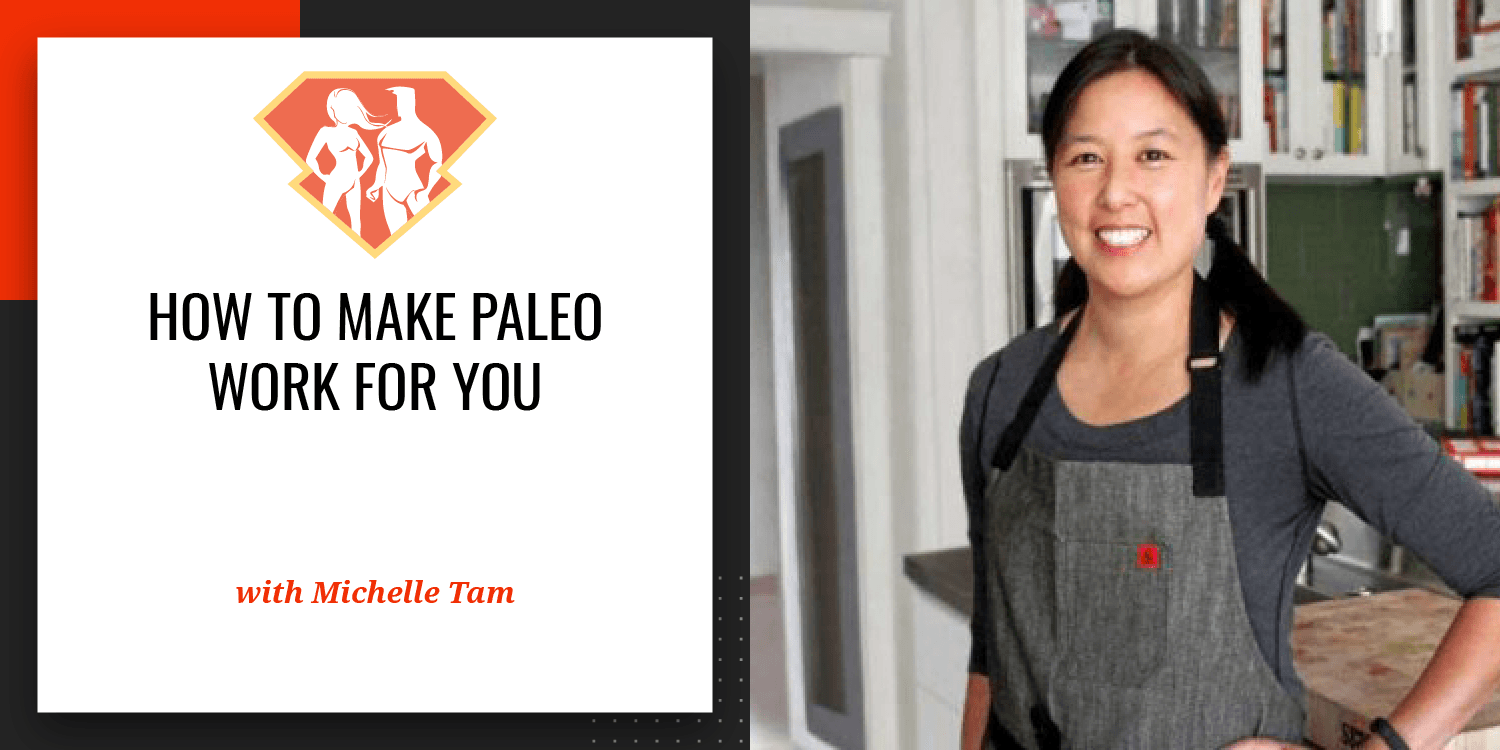
In this episode, we discuss:
- The nutrition class that both Michelle Tam and I took at UC Berkeley, and how it misled us
- How Michelle came to realize that everything she knew about nutrition was wrong
- Michelle's path from food science and pharmacology to becoming a global authority on Paleo
- What foods people binge on when they first go paleo
- How someone can ease into the paleo diet and make it a part of their life
- Where people typically struggle, and which meals are the toughest
- Michelle's tips for paleo snacks
- What are Michelle's favorite paleo recipes?
- What “paleo no-no” food does Michelle Tam eat?
- How can you make paleo fit your budget?
- The problem with subsidized, artificially cheap foods
- Michelle Tam's opinion on grass-fed and organic meats
- What would be included in a Nom Nom Paleo QuickStart Box?
- What items are always in Michelle's kitchen?
- Slow cookers vs. pressure cookers, and their various benefits
- How much time does Michelle spend cooking for her family of 4?
- Tips for being more productive in the kitchen
- Michelle's homework assignment for our audience – try it this week!
- Tips for parents hoping to get their kids to eat healthier
- Michelle's top recommended books
- What's next for Michelle Tam?
- Periscope vs. Meerkat (follow me on both: @entreprenewer)
Resources Mentioned in This Episode:
- Robb Wolf's book, The Paleo Solution: The Original Human Diet (and our interview with him)
- Brazil Nuts (highly recommended for gents)
- Michelle's recipe for Cracklin' Chicken (Yum!)
- Red Boat Premium Fish Sauce
- Cast Iron Skillets and Grill Pans
- Michelle's favorite pressure cooker, the Instant Pot
- My course on productivity (discount coupon here)
- It Starts with Food by Dallas & Melissa Hartwig
- The Paleo Cure by Chris Kresser
- The Life Changing Magic of Tidying Up by Marie Kondo
- My course with Dr. Anthony Metivier, Branding You™
- Michelle Tam's podcast
- Michelle's award-winning blog: Nom Nom Paleo
- Michelle Tam's book, Nom Nom Paleo: Food for Humans
- Michelle Tam's iPad app, Nom Nom Paleo
Favorite Quotes from Michelle Tam:
Transcript:
Introduction: Welcome to the Becoming SuperHuman Podcast. Where we interview extraordinary people to bring you the skills and strategies to overcome the impossible. And now here's your host, Jonathan Levi.
Jonathan Levi: Before we get started, I just want to let you guys know that this episode is brought to you by my Best-Selling online course Become A Speed Demon: Productivity Tricks To Have More Time. The course is the culmination of over a decade of my own experience and research into productivity theory, strategies, tips, and tricks from how to prioritize and structure your life to computer hacks and tips to automate your daily work and even ways to shave time off the basic tasks we all do every day.
The course is guaranteed to save you at least three hours a week or your money back. So, for a 90% OFF coupon, check it out at jle.vi/productivity. That's http://jle.vi/productivity.
Greetings, SuperFriends and welcome to part three of our three or maybe four-part series on paleolithic nutrition and the so-called paleo diet.
In previous episodes. We've spoken with Rob Wolfe, the author who popularized Paleo. And we've also spoken with Dr. Loren Cordain, the doctor who originally advocated a paleo-inspired approach to nutrition. If you haven't listened to those episodes, we do recommend checking them out either before or after you listened to this one.
It's not super critical that you listen to them first, but in any case, We do hope that you're excited and intrigued by the idea of trying out quote-unquote, going Paleo. But perhaps you're not sure where to start. Perhaps, you're not sure how to make a healthier paleo diet, part of your busy, daily modern life.
If that's the case, then this episode is certainly for you. Our guest today is one of the most respected paleo bloggers on the web. And for good reason, besides creating award-winning recipes, she's also. A New York Times bestselling author of Nom Nom Paleo: Food For Humans. In addition to all this, she has a Webby award-winning iPad app, and she's inspired people all over the world to take a practical approach to implementing paleo in their daily lives, and in doing so she's changed the lives of heaven knows how many people.
In this interview, I really wanted to give you guys the tools and the confidence to give paleo an honest try. And so we focus on those nuts and bolts. What do you need to do to get there? What do you need in your kitchen? What does your average shopping spree look like and what does it cost? How can you make paleo both delicious and practical?
In fact, what are the tastiest meals and what do you snack on? Overall, it's a really great episode and I know you're going to enjoy it. And so, let me have the pleasure of introducing you all to miss Michelle Tam.
Michelle, welcome to the show. How are you doing today?
Michelle Tam: Great.
Jonathan Levi: I'm so, so, so glad that we got to book you. I know it's very early, so we do appreciate it.
Michelle Tam: No, early is good for me. As soon as the kids are dropped off at school, I am free to do whatever.
Jonathan Levi: I love that. So, Michelle, I have to admit, I noticed in your bio, I did a good amount of stalking, and I noticed that you also went to Berkeley. So go bears first foremost. And I noticed that you were studying to become a flavor scientist and that you too were taught about a diet high in carbohydrates, and that going low carb is dangerous and could cause heart disease and osteoporosis and make you bleed from the eyes and all that crazy stuff.
Out of curiosity. Did you have Professor Nancy at any point?
Michelle Tam: I did, she is my Nutri Science 10 teacher.
Jonathan Levi: Me too.
Michelle Tam: I remember when I started as a freshmen, there was some sort of guy that like had the best-rated classes for freshmen. NutriSci 10 was one. And there was some intro to Astro that was also awesome.
Like, Oh, I got to take all these classes. And so I did, and after I took NutriSci 10, I was like, Oh, I'm going to read nutrition and food, science major. Right. And that's what I did. And now I feel like I'm teaching the direct opposite of everything I was taught in College.
Jonathan Levi: Exactly. I feel a little bit cheated on my Berkeley Education.
Michelle Tam: I do too. I mean, I think all of the biochemistry was correct and all kind of the science stuff was correct. But then I think all of the stuff which was kind of left to interpretation was all kind of wrong. It took a long time for me to get over that. And when I first heard about paleo, because Henry was the one that brought it into our household, Henry, my husband, I thought it sounded totally bananas. And I was like, I don't see how this could be true because it goes against everything that I was ever taught. And I'm the one that has the Food Science Major. Right. But look it made me doubt.
Yeah. So
Jonathan Levi: tell me about that journey, because for me it, like you said, it took forever. It took me 10 years to realize that.
A lot of that stuff was wrong. And at what point did you realize that your husband had kind of a, he'd turned something he'd realized something that was valid?
Michelle Tam: It felt so great. I mean, he had so much energy. He started doing CrossFit and he was able to lift heavy things and he just felt so much better.
And I was like, Huh. That's really interesting because I think I'm doing everything right. I'm counting all my calories. I'm eating all these whole grains. I'm not eating very much meat, but I just had achy joints and I was puffy and I had a muffin top and it had no energy, and all of my symptoms, I just attributed to being in my mid-thirties and having two young kids.
But then, seeing my husband suddenly have this change. I was like, huh, maybe there is something to this paleo thing. And then when I started thinking about it, I'm like, well, let's just try it for 30 days, which is what everyone suggests. Right. And if it doesn't work, I can always just go back to what I was doing.
And once I started, I felt so much better that there was no turning back.
Jonathan Levi: Yeah. The rest is history as they say.
Michelle Tam: But I was super, super resistant. And I think, you know, when I was reading, I think Rob Wolf's book was one of the first books I read. And he categorizes people as being three ways. You know, one-third people when they hear about paleo, they'll totally say, Oh, this sounds interesting.
And I'll just try it and that's my husband. And then one-third of the people are super, super, super resistant. And then all of a sudden they try it and then they become crazy evangelists. And that I think is me. And then one-third of the population will never try paleo, no matter what you do or say, and that's my parents.
Yeah. Yeah. I totally was that super-resistant person. But then when I tried it and I actually saw the results, I was like, ah, this is amazing. I need to tell people about it.
Jonathan Levi: Interesting. So you also have a little bit of a background in the medical field. I read that you were working 12 years in the medical profession. How does that go with support or contradict the decision to kind of devote your life to this paleo lifestyle?
Michelle Tam: I guess I still am. I'm a professional drug dealer, so I'm a pharmacist by trade. Yeah. And so. I was doing that for a long time, but I actually worked in a hospital and I worked in the ICU and I also was the night pharmacist.
And so I think my perspective is a little different because the patient population that needs medications, you know, in the middle of the night and in the ICU are people who would die if they did not have modern medicine. Right. So I definitely think that there is a role for don't know Biotics and life-saving drugs, but then there are also people who are in the hospital because of lifestyle.
But for me, what I did at work was to help support people who would die if they didn't have medications. And then what I would do on the web, you know, with Nom Nom Paleo is I put the information out there for free for people who want to find it. So, if you're interested in paleo and you Google and you want to see what kind of food you can cook or what it looks like, I put it out there for people to see.
So I think what I did and what I did outside of work, kind of complimented each other.
Jonathan Levi: Yeah. Well, that's a great segue actually, because you are if I can give you a compliment, pretty much one of the most respected bloggers on the topic of paleo in particularly practical applications of paleo on the web, which is how we found you.
And so I'm sure you've dealt with a lot of those type two people that second 30% who have all this anxiety around carbs. They're not sure how they can make this work. They're still a little worried. They're going to bleed from the eyes.
Michelle Tam: Yeah, I totally have sympathy because I felt the same way. I was like, Oh my gosh, you're meeting all this cholesterol is my cholesterol is going to go crazy.
And, and what if it does increase? What does that mean? And I totally feel for them.
Jonathan Levi: Definitely that, and there is this huge withdrawal. When you go off a high carb diet and you go off the gluten, your body's just screaming and you're miserable for at least two to three weeks. I think there's a reason that the prescription is just try it for 30 days because I don't pull any punches. When I tell people you're going to be miserable for two weeks.
Michelle Tam: Yes. Cause I was eating, I think grains five or six times a day just because he said eat every two hours and I was hungry all the time. And I think for me it was wow. I can actually eat short ribs again because there were certain foods that I kind of cut out.
Cause I'm like, Oh, that's too fatty. Or that's just. Have me, but then what I was able to bring back certain foods and just having a normal portion of those foods is so satiating and kept me full. And I didn't have any weird bloating or GI stuff afterwards as like. Huh, I think I can do this. And you know, a lot of that whole grain stuff that I was eating tasted terrible.
So it was kind of nice to replace it with real food that tasted really good and stuck with me. I mean, I think when you can tell people, you can put away that box of grape nuts and you can like have this beautiful salad with avocados and chicken. Yes, a bacon. I mean, I think people also go a little crazy with bacon when they first go paleo, because it's back on the plate.
But I mean, I think everyone kind of binges on bacon, and then they realize, no, you know what? Bacon is not the entree bacon should be a condiment, but I think. It takes a little time to kind of get to that point. But I think it does take time for people to accept that what conventional medicine and the media is telling you could be wrong.
I mean, that's, I think the hardest thing is that, how can you guys say this is where I when everyone else says. It's wrong. Yeah. But my whole thing is just try it for a month and it's just real food. And if it doesn't work for you, go back to whatever you're doing. It's totally, no harm, no foul.
Jonathan Levi: Totally. Well, let me ask this, is there any sort of guide, or even just general advice that you've given for people who aren't sure they can hack it and they want to give it a try besides this kind of 30-day challenge.
Michelle Tam: So, I think what I did when I first started my blog is, and. Hmm. I kind of don't know if I want to tell people to look at my archives cause they're really ugly.
But what I did was I took pictures of every single thing I ate, just so people would know, this is what my breakfast looks like. This is what my lunch looks like. This is what I snacked on because I think for a while I was like, what do you eat? If you don't have whole grain, cereal, and whole-grain waffles, what is there to eat for breakfast?
There's nothing left. And so I think when I first started, I was like, I'm just going to put up stuff. That I want to see because I know how hard it is to kind of figure out what to eat. And I think it's hard to wrap your head around the idea that breakfast can be just like lunch or dinner. Totally. It's not the special muffin-based meal that has to be sweet and carby. Totally. And just can be a mini-meal. It can just be your leftovers from the night before it can be eggs, it can be eggs, and a salad. It can be anything. And if you just try one of those things, you'll realize, wow, I am not super hungry at 10:00 AM and I'm not super grouchy.
There's just all these things. Wow. I can work until lunch or even if lunch is delayed, it's not a big deal and I can focus. So I think once people just try it, they'll kind of see that it works.
Jonathan Levi: Totally. You did mention snacks. What are your tips for paleo snacks? I have a couple of secrets on my own, but let's compare notes.
Michelle Tam: I like macadamia nuts a lot. Oh yeah. And so that can also be a problem. I can go crazy on macadamia nuts. But I've found that just like a little handful of macadamia nuts. It's totally satisfying. And if I really savor them, I'm not hungry. And I always have jerky when I was at work and I would get hungry. I actually had a can of tuna or a can of fish. And so if I was really hungry, I would crack open that can of fish. But if I'm not hungry, I won't crack it open. And so that was kind of my test because there are other things where I'm like, Oh, I'll just, you know, nibble on this, but. I think my canner fish was the test to see if I really was hungry.
Cause you know, it's good for you, but it's not the most appetizing thing.
Jonathan Levi: Not at all. I love the jerky. It's hard to find here in Israel, but I often try to snack on dried meats, and the same, I'm addicted to my little nut collections that have them all over the house, and every room I have like a little dish of either Brazil nuts or often cashews.
Michelle Tam: Yeah, I actually, I want to get some more Brazil nuts. Cause I heard how there's just so much selenium and eat night you should get.
Jonathan Levi: Exactly, particularly for the gentlemen.
Michelle Tam: Ah, yes, that's it.
Jonathan Levi: Yeah, absolutely. Well, let's talk a little bit about full meals, Michelle. What are some of the recipes that you're most proud of or are most popular? And tell us a little bit about what the plate looks like.
Michelle Tam: Okay. So I think in terms of popular, he's on my side, Crackling Chicken is probably one of my most popular because it's the easiest.
Jonathan Levi: Ooh, I like that.
Michelle Tam: Basically what it is, it is chicken thigs with the skin on, but the bone taken out and I show you on the side, how you can totally take out the bone with a pair of kitchen sheers really easily.
And then you save those bones for bone broth. So you're not wasting anything. Yep. And then you pound the chicken thighs thin, and then you just fry them in a cast-iron skillet, and the skin becomes super crispy and the meat stays juicy. So it's awesome. And it's super easy and I almost. Didn't even put it on my site because I was like, Oh, this is too easy, but I need to put something on the site, but it's turned out to be, I think one of my most popular because there's so much bang for the buck I'm in terms of effort and in terms of price that it's probably my most popular recipe.
Slow Cooker Kalua Pig is also a big bang for your buck recipe. Basically, you just get a pork shoulder. Which is one of the cheapest and most delicious cuts. If you cook it low and slow. You put some bacon on the bottom of your slow cooker. You see then the pork shoulder with some Hawaiian sea salt or just regular kosher salt, and then you just let it cook for 16 hours.
And then it becomes this super tender, flavorful pile of pork that you can use the rest of the week.
Jonathan Levi: That's a quote right there. Pilot port.
Michelle Tam: Yeah. It's emergency protein. I pack it in kind of serving size portions that I keep in the freezer. You can crisp it up. You can throw it in salads. You can put it in for Tata.
You can eat it by itself. I mean, it's just the most versatile pile of meat. And then in terms, I think of vegetables, Brussels sprouts, and bacon is probably my most popular recipe. And then Asian cauliflower fried rice is also a popular one.
Jonathan Levi: Whoa, Whoa. Did you use the R-word?
Michelle Tam: Yes. Well, you know, I actually do eat some white rice.
I know that that's like a paleo no-no for a lot of people, but I think a lot of folks have incorporated white potatoes back in their diets. Correct. Yeah. White rice. I think if it's cooked and cooled, both of them, white rice or potatoes, you know, you develop resistance starch and I feel a little better eating some carbs.
I think when I first started paleo, I went super low carb by accident, and I know my husband can go pretty low carb and he feels totally fine. But for me personally, I feel better if I eat a little bit of carbs. Definitely. And I think for rice, I used to have a giant pile of rice because I was taught that you should have mostly carbs.
And so now I will have. A plate with probably protein the size of my hand or my Palm, but I make sure that protein is really high quality. And then the rest of the plate, instead of being a giant pile of brown rice is vegetables. And if we do have rice, I'll have like a really small portion of rice, but I eat everything before I eat the rice.
And then I kind of save her the rice at the end.
Jonathan Levi: I think if we listened to kind of Rob Wolf and his thoughts about it, there's a gender thing here at play as to why your husband does a little bit better. There's also, there's an ethnic thing here where certain populations just do better with rice after 10,000 years of eating it and ancestors don't.
Michelle Tam: Yep. Those are my people. So I know, but I also know that we really does a number on me. And so I definitely think you have to kind of look at what your people ate and ate for generations and take note of how you feel. Cause I think for me the biggest aha moment when I went paleo was just paying attention to how food made me feel.
Yes, because for so long I would just eat whatever. I was told, was healthy for the package would say that it was healthy, whole grain, organic, whatever, but I never even thought to assess how I felt and my whole life, I had GI stats, but then when I was a Food Science Major in College, I just chopped it up to, Oh, I must be getting food poisoning all the time.
And it's a dose-response thing because that's also what you learn in, you know, toxicology class. And I am just way more sensitive and everyone else who ate the same thing I did, who doesn't have symptoms. It's just because I'm more sensitive, not thinking that it could actually be the ingredients in the food as opposed to just contamination.
So that was a big thing for me. Like, wow. I never thought that food would have this kind of impact. Which is stupid. I mean, now looking back I'm like, but that should be the most basic thing. And so that I think is just kind of what I try to impart to people is food really matters. And the quality of your food besides good sleep and having strong family and friend connections is the most important thing.
Jonathan Levi: Absolutely. And it doesn't sound stupid at all because we've had a ton of guests on the show talking about how even professional athletes are neglecting things like sleep and diet stuff that we think that certain things play into our health. And then we completely neglect the ones that matter most.
Michelle Tam: And it's so basic. It's like you think that you need to have like a big thing of Soylent or something, but it's not, it's a way more basic than that.
Jonathan Levi: Right? Absolutely. Michelle, you mentioned, cost-effectiveness talking about the, you know, the chicken thighs versus the chicken breast and also the pork shoulder.
And I think that touches on a really good point, which is a lot of people, typically the people who spend 50 to a hundred bucks a week on bars and shitty fast food. A lot of people cite cost factors. As the reason or excuse why they don't consider paleo, what are your thoughts on that? As someone who has formulated so many recipes.
Michelle Tam: You know, it is totally true that high-quality food will definitely cost more than cheap processed food. But there's definitely a way you can make it work in your life. Like, I mean, I think it definitely is about priorities and changing your priorities. We have an old beater car that we've been driving around forever.
I don't buy fancy bags. There's just a lot of things that I don't think are important anymore. And so I don't spend my money on it and I would much, much rather spend money on high-quality food. And I see it here. Like I live in Palo Alto where, you know, people here do pretty well, but there's a lot of people who will be driving around in a Tesla, but then say that paleo cost too much money, which kills me.
Right. So it definitely is priorities. And I think you can definitely make paleo work in your budget. I don't buy steaks. I always buy like ground beef, ground meat and eggs, and brazen cuts, which are cheaper. And you can utilize them in so many different ways. Like I buy whole chickens because you can use the bones for different things.
So there's definitely ways to make it work in your budget. But I think if you feel yourself the right way, you will need that $4 latte to perk you up and you won't need to spend all your money on medications and going to see doctors because you feel like crap. So I think it's kind of paying now, so you don't have to pay later.
Totally, but there's definitely ways to make it work. And when you start cooking more, I mean, naturally, that will just be saving money because it'll always be cheaper than going out to eat. I mean, unless you're eating like McDonald's, but then that also comes with a host of other health issues.
Jonathan Levi: Right? Exactly.
Michelle Tam: But I think that you can buy seasonally. When you go to the farmer's market, the vegetables, there are better fresher and cheaper than going to the store many times. And then in terms of buying protein, sticking with ground meat. And cheaper braising cuts or just eating eggs are huge. I never spend more than $10 a pound for meat.
And some people are like, Oh, that's still so expensive. Yes. But when you kind of break it down, soon us was saying how like, if you break it down and you compare it to even like a McDonald's hamburger and fries. It's still cheaper, even though it sounds expensive. But one of my good friends who's an organic farmer was like the one pound of grass-fed ground beef is cheaper than one pound Snickers bars.
But nobody thinks about it. You know what I mean?
Jonathan Levi: Wow. That's interesting. Yeah. I definitely never thought of it that way. I usually just tell people, uh, yeah, paleo is a little bit expensive, but you know, it's a lot more expensive is coronary heart disease.
Michelle Tam: Yeah. But what's also hard is I think that there's a lot of food that is just so artificially cheap.
Jonathan Levi: That subsidized you mean?
Michelle Tam: Yeah. So people are like, why do I have to spend this much for this when I can buy it for this much? And so it's always like, uhh…
Jonathan Levi: Let me ask you this, especially because I know you have readers all over the world, what's your take on grass-fed and organic meats, particularly I'm asking because a lot of people outside the US on the certain South America don't have great access to grass-fed, or maybe they do. And, you know, and I don't.
Michelle Tam: Well, I think that you do the best you can. I don't know that factory farming is as prevalent outside of the US. So even though it might not be a hundred percent pasture, it may be raised in better conditions than it is in, you know, a CAFO in the United States.
And. You know, in that case, I think people recommend kind of the leaner cuts than that don't have, but I think the United States has it the worst. Yeah. And again, you don't have to be perfect. I mean, even here, it's hard to be perfect because it is expensive, but I still think having meat is probably better than having a giant bowl of cereal or something super highly processed. I mean, I think it's still a whole food. So I think you can eat lots of vegetables. You can supplement with different things. I know some people think beans are the worst things in the world, but I don't think it's the worst thing in the world. If you can tolerate it, right.
I'm very properly soaked and cooked. So I think there's lots of different ways.
Jonathan Levi: Definitely I've recently discovered actually that you can buy meat. That's been frozen from South America. In fact, interestingly enough, that's the only place that Israel is importing meat from because of some funky kosher situation.
But yeah. And it's not labeled as grass-fed, but just the economics of it work out because of antibiotics and all that kind of stuff. It's, I'm told cheaper. I'd love. If someone from our audience knew a little bit about, uh, raising cattle in Argentina or Uruguay, I'd love to hear about that, but I've been told that it's just cheaper and more economical for farmers in those countries to mostly feed their cows with pastured green grass.
Michelle Tam: And then I think there are also certain species that you're almost guaranteed that there'll be pasture-raised. Like, so lamb is normally almost always pasture-raised and goat is also almost always pasture-raised. Those are two great alternatives to cattle that are delicious and healthy. That may be more readily available outside the US.
Jonathan Levi: And certainly more humane if they're raised in kind of a condition.
Awesome. I love that. Let me ask this, Michelle, if you were to set up a Nom Nom Paleo Quick-Start Box, what foods and gear do you think would be included in it?
Michelle Tam: Huh. Well, that's a tough question because I'm a hoarder, I think for sure you would need some healthy protein. As I said, I always have ground beef, chicken thighs, eggs.
I have canned fish all the time. I have fish in my freezer, health and fast to cook with. I use a lot of GI. That's probably one of my favorite cooking fats, olive oil. I also make coconut oil. You'd have to have fruits and vegetables, but besides that, I'm a big proponent of stocking things that pack a lot of flavors.
So I always have onions, garlic, ginger, mushrooms, and tomatoes, because those add a lot of umami. Yes. Avocados cause everybody loves the avocado. Absolutely. And then in terms of seasoning, let's see, I love fish sauce. That's probably my favorite thing to season with. Cause just a little bit adds so much flavor and it totally boosts umami people like, Oh, I hate precise and it has such a strong flavor, but the whole way you use fish sauce is you shouldn't even be able to detect there's fish sauce in there. You sat a little bit to amplify the flavors. Um,
Jonathan Levi: I imagine it's also healthier than soy sauce is probably lower in all the MSG.
Michelle Tam: Well, you can buy some that have no additives. So my favorite brand is this brand called Red boat, and it's just wild, anchovies and salt. And so it's just fermented and there's no additives.
Whereas there are some brands that have like MSG and sugar and all sorts of preservatives, but this one is super basic. I also love tomato paste cause I think just a little bit adds also boosts umami. I like stocking spice brands. I like salts all the different crunchy ones that you can add at the end.
Jonathan Levi: Yeah. Sea salt.
Michelle Tam: Kosher salt is my favorite cell to cook with. And then in terms of like stuff, I love my cast iron skillet. It's cheap, it's dependable. You can get a good workout. If you're stuck on a desert island, you could probably do some bicep curls with your skillet. So I have a bunch of cast iron skillets, but I have a 12 inch. And then I think it's either an eight or nine-inch that I do my exit and they also have a cast iron griddle.
And it's so funny because these are so much cheaper. Like I used to have like all clad and really fancy stuff, but I don't use those at all. Like I just use my cast iron skillets these days. So I think this is probably in terms of basics. That's all you really need.
Jonathan Levi: That's awesome. Yeah. I was handed down a set of Les Crusade, cast iron everything.
Michelle Tam: Oh, that's fancy.
Jonathan Levi: Yeah, it was the orange stuff too. I had to leave it when I left the States, but I'm dying to figure out a way to get it back cause it's just so much nicer to cook it.
Michelle Tam: Those are nice. You should definitely find a way to get that back.
Jonathan Levi: I know I'm working on it. I also noticed by the way, that you do a lot of recipes with a slow cooker, you even mentioned it earlier, which I think is just brilliant for people who like to complain that cooking takes too much time.
Michelle Tam: I like the slow cooker and I have slow cooker recipes because almost everybody has a slow cooker. But I love pressure cooking pressure. Pressure cooking is way, way better than slow cooking. And I'm really trying to convert people to pressure cook, but I think it's kind of a slow thing. Cause people love the idea of a slow cooker that you can throw stuff in before you leave for the day when you come home, it's cooked, but the quality of a slow cook stew is never that great.
It's okay. But it's always kind of watery and overcut. And it's not that great. Whereas a pressure cooker is super fast. And the quality of your stew is so much better. And so I'm all about the pressure cooker.
Jonathan Levi: How fast is super fast. I mean, can someone still set it and forget it kind of thing?
Michelle Tam: Not a stovetop one, because a stove, top one, you have to babysit, but there are electric ones that are fantastic that you can program ahead of time.
So my Slow Cooker Kalua Pig takes 12 to 16 hours in a slow cooker, but in a pressure cooker from start to finish, it takes two hours. Oh, wow. And so with an electric pressure cooker, you can set it and then it'll stop cooking and it can keep warm until you come home. But basically, a pressure cooker will cook whatever you would normally do in the oven or on a braise in about a third of the time.
So my one caveat with the pressure cooker is you really don't use it to cook things that you would cook quickly. I wouldn't cook chicken breast or fish or stir fry, but if you are making a braise or you're making bone broth or anything that you would cook low and slow for a long time, you can probably do it in your pressure cooker.
Jonathan Levi: That's cool. I was actually going to ask you, what is the most impactful hundred dollars someone can spend? I have a feeling you would say it's a pressure cooker.
Michelle Tam: I think so that is one of my favorites. There's an electric pressure cooker. I really liked that's right around a hundred dollars. And I know a lot of people are scared of pressure cookers because everybody knows somebody who had one explode.
Right. There's always someone who has a friend or a cousin, but the new ones really have tons. And tons of safety features. The electric pressure cookers will come up to pressure by themselves and we'll maintain that pressure and then release the pressure. There are things that you do need to know. Do you need to make sure that the rubber gasket is in good condition, but otherwise they're pretty much dummy-proof these days.
Jonathan Levi: Awesome. And which is the one that's a Nom Nom Paleo approved.
Michelle Tam: I love the Instant Pot. They're not a sponsor, but they are pretty cool. What I like about them, that's different than other electric pressure cookers that I've seen is that they have a stainless steel insert. Cause a lot of them have like a non-stick Teflon or, and so the insert can be thrown into the dishwasher.
It's technically, I think they have two versions. One is six in one cooker and one is a seven and one cooker. So it will cook rice and slow cook and all this other stuff. But I just use it as a pressure cooker. So people are like, Oh, can I throw out my slow cooker? And I'm like, I don't know. I kind of like my slow cooker to work as a slow cooker.
And then I use my instant pot as just my pressure cooker. But you can make kale and seven minutes. It's pretty cool. Like you can cook all sorts of really cool stuff. Chicken stews, you cook under pressure for 15 minutes. So it sounds like it's 15 minutes total. So this is another disclaimer about a pressure cooker.
It takes time to reach pressure, maybe five minutes, and then after it's done cooking. The pressure has to drop, and you can either let it release slowly that tacks on another 10 minutes or you can quickly release it. And then it's done in a few seconds, but I think people are like, well, if the recipe says it's only 15 minutes, it actually, you have to account for the time to come up to pressure and to release pressure too… But it is pretty amazing.
Jonathan Levi: Yeah. We love efficiency, tips, and productivity tips. I teach a course on productivity and one of the things I talk about is how you can speed up cooking and kind of cook at a scale that makes sense from a time perspective, I didn't know about pressure cookers so much.
Michelle Tam: I mean, if you want to quick tips with an electric pressure cooker, if your kid or your spouse or, or yourself, you're like, Oh, I don't feel great.
You can throw your bones in to make pressure cooker bone broth while you sleep and wake up. It's like, Oh, I just have to strain it. And it's all ready. And you don't have to babysit it. Another quick tip is before you sit down for dinner, throw the ingredients for another stew in your pressure cooker and it'll cook while you're eating.
And then when you're done eating, you can put it away in your fridge because juice tastes better the next day. Anyway, and then you can clean up all in one. Go. And then you have dinner buddy for the next day.
Jonathan Levi: That is clever. I like that. I like that a lot. That actually brings up the next question, which is you're running a house of four on all paleo, mostly home-cooked meals. And so I guess the question on everybody's mind, at least on my mind. Is how many hours a week go into preparing meals, not meals that you're photographing, but for the family.
Michelle Tam: Regular meals.
Jonathan Levi: Yeah. And how would you say that compares with your pre paleo mom duties?
Michelle Tam: Okay. So pre paleo, I was really lackadaisical about cooking and so I would cook once in a while. And then when I would cook, I do something super, super complicated. And then because it would take so much time. It would never live up to how great I wanted to be. And so then I wouldn't cook anymore. So I think since going paleo, I was like, Oh, now I have to actually cook. And so cooking is not my favorite thing in the world.
I'd love eating and I'm really, really picky about what I eat. And so I think for me, my goal is to have shortcuts to deliciousness. And make things work the first time and make it be fast and quick and delicious. And so that's kind of what I try to do on my site and in my books and stuff. Is just to make it so that, because I know people are busy and no one really wants to spend more than 30 to 45 minutes cooking dinner.
And so that's kind of what I do. I don't spend more than an hour at night cooking. Everyone's like, Oh, an hour sounds so long. But a lot of the stuff I do is I might put in a bunch of chicken size into the oven. And that takes 40 minutes to cook, but while that's cooking, I can throw together a salad, or I can do a quick vegetable stir fry, and then I'm done and I'm just waiting for the chicken to finish cooking.
So what I do is I kind of, I make sure that whatever the final dinner is, I'm using different kinds of cooking methods so that when everything is done, We can just sit down and eat because I think sometimes people will say, okay, I'm going to make this in the oven. And then I'm going to roast vegetables in the oven after the chicken's done.
And so then it takes forever. And then the first thing that you finished roasting is cold. And so my whole thing is okay, pick whatever your main entree is and then find ways around it. That you can make your side dishes. So if I make something in the oven, I will use some other heat source or no heat source. It makes salad to go with it. I don't cook in bulk. Like I don't do these crazy weekend cook-ups, but if I'm making a bunch of chicken, I will make more than we can eat that night so that we will have some extra that I can either eat for breakfast or I can pack in the kids' lunches. If I make a stew, I always make extra because that always keeps really well in the freezer.
So I think it's those two kind of main ways of getting food on the table. And I think also just recognizing that dinner doesn't have to be complicated. Sometimes it can be like Brinner or breakfast for dinner, and we can have bacon and eggs and maybe a salad, but those things are fast.
Jonathan Levi: Sure, absolutely. And, uh, you don't have to do gourmet every night. You certainly do not.
Michelle Tam: Yeah, I have this thing called garbage stir fry, which basically is I always have ground beef or ground meat in the fridge. And then whatever vegetables I have on hand, they go into my garbage stir fry.
Jonathan Levi: I do the same thing. I usually do it with chicken, but yeah, I do the same thing.
Michelle, we love to assign homework here on the Becoming SuperHuman Podcast. I'm evil like that. So I like to give our listeners something to do while they wait for the next week's episode. So if you could give us one piece of homework that the audience can complete this week, whether that's an experiment or an article they should read or something of that nature.
Michelle Tam: Wow. That is so mean. I hate homework.
Jonathan Levi: I'm gonna tell you my piece of homework that I'm going to take away while you think about it. I'm definitely going to be cooking some Crackling Chicken this week. So that's my personal piece of homework.
Michelle Tam: Wow. I want to give that out as homework. That's a good homework assignment, right?
Yes, because a lot of people are like, Oh, I only liked chicken breast. And I'm like, no, thighs are so much better. They taste better. You can't mess them up by like overcooking them. Like you can with a chicken breast. So I'm going to assign Cracklin Chicken. And then I want people to buy it with the skin on bone-in, and then they will have to try to de-bone it with a pair of kitchen sheers because it's so easy.
Jonathan Levi: Love it. Yeah. I want to try that myself because I have wanted to make the bone broth. It's apparently super good for your joints. Very high in a natural Glucosamine. So I'm going to try that out. What side goes well with that? Michelle?
Michelle Tam: Anything big green salad? My kids' favorite. I think side dish is just roasted broccoli so that I make all the time. So while I'm frying the Cracklin Chicken, I have a tray of broccoli roasting in our little toaster oven. Normally those are or tomato salad. Cause now we still have some tomatoes and that's super fast.
Jonathan Levi: Yeah. I want to point out, I think it's amazing that your kid's favorite side dish is broccoli. It really goes to show.
Michelle Tam: But that is unusual. Like my younger kid is super picky, so that is the one thing he likes, but he doesn't really go beyond the rest of broccoli.
Jonathan Levi: Fair enough. I was going to make a bold swinging statement about how, you know, if you don't introduce your kids to salty, greasy, carby French fries, they'll go for stuff. That's good for them.
Michelle Tam: But no, my kids are we're exposed to all that. So if I have to give advice to any parents is you should start earlier than I did because I converted them when they were three and six and my younger one was not into it at all that now he will eat the stuff that I put in front of him. But he eats super slow. So it's not like he's not trying to exert his independence.
Jonathan Levi: I love it. Michelle, what's the one book that you've recommended most or given the most as a gift?
Michelle Tam: Besides my own?
Jonathan Levi: Besides your own. Of course.
Michelle Tam: You know, it depends like if someone's asking for advice on paleo, I really love It Starts With Food. And I also love Chris Kresser's book. I think those two are probably my favorite for people starting paleo. Cause I think it's a very balanced kind of view I paleo. But I also recently discovered the Life-Changing Magic Of Tidying Up by Marie Kondo and that book is my favorite. And I've been giving that out to everybody just because I'm such a slob. And I just feel that it's transformed my life.
Jonathan Levi: Actually helped you be less sloppy. Cause I've been thinking about reading it myself.
Michelle Tam: It has in that, it almost gave me permission to throw away all this junk that I've been hoarding. And she has all these great reasons. You should only keep things that spark joy, and you might be keeping something that someone gave you a long time ago, but you're never using it. Never opening it. But the joy was when this person gave you that gift. So now you can let it go. I'm like, Oh, okay, I'm going to dump this, this, this, this, and this. And it's been amazing.
Jonathan Levi: That's solid. All right, I'm going to check that one out. So speaking of your books, Michelle, what is next for you? What are you working on? I read that you not too, too long ago, switched to doing Nom Nom Paleo full-time. So what are you working on?
Michelle Tam: I am a full-time mom, I think first and foremost, and we work on Nom Nom Paleo outside of that. And my husband works on Nom Nom Paleo with me when he's off of his real job. And so we never had these kinds of long-range plans.
We do things that we think are fun. Like we started a podcast because one day I'm like, oh, I love podcasts. Let's just do it. And so we started it after Googling and trying to figure things out. And so in terms of the next steps, we have the iPhone version of our iPad app coming out. And our publisher has been nudging us to come up with a new book, but really, I think it's just working on our blog and making sure that we have great content.
I'm really excited about Periscope. Yeah. Are you on Periscope?
Jonathan Levi: So I was I'm now on Meerkat because yeah, Periscope for a while didn't have an Android version and didn't have a web version. And so a lot of my followers were complaining and also there's no way to schedule. So if you have a huge audience, like a massive email list, You know, my email list and a course list is approaching like 50 to 60,000 people.
And I would do these Periscopes, but there's no way to link people so that they can subscribe. And with Meerkat, you can send out a subscription link and then people will get a notification when you go live and they can add it to their calendar. And I find it as much, much, much better personally.
Michelle Tam: I wonder if Periscope is going to add all those things.
Jonathan Levi: I wonder, but at this point, I've built up a following on Meerkat, so.
Michelle Tam: But yes, I don't know. I think we're just gonna keep on keeping on and when it's not fun, then we'll stop doing it.
Jonathan Levi: That's the way to do it. Although I do want to push you to potentially do an online course. I recently created this course with Anthony Metivier about exactly that I have the book in the blog, but how do I do the podcast? How do I do the online course? How do I connect it all together? And if you kind of utilize the same strategies you were talking about with, while this is in the oven, here's what I'm doing while the online course is running.
Here's how I'm using that same material and getting it really efficiently into a book format or into a podcast format. So I'm happy to answer questions on that. If you'd like.
Michelle Tam: Yeah, no, that's very intriguing. I know a lot of people, people I admire who have recently launched online courses. So that's definitely something that is percolating in the back of my mind.
Jonathan Levi: Awesome. So, Michelle, I don't want to take too much of your time. I know it said the beginning of your day, and you're probably eager to start getting into real work, but if people want to learn more about what you're doing, check out the iPad app, the book, the blog, where do we send them for all that stuff?
Michelle Tam: So nomnompaleo.com is where you can find all those things. And on every social media platform, I'm Nom Nom Paleo. So I think if you just Google Nom Nom Paleo, you will find them right.
Jonathan Levi: And that's N O M nom.
Michelle Tam: Yes, N O M NOM Paleo.
Jonathan Levi: Love it. Michelle, it's been such a pleasure chatting with you today. I knew I should have scheduled this for after dinner because I'm starving at this point.
Michelle Tam: But you can still make crackling chicken.
Jonathan Levi: I totally can apparently it only takes 35 minutes. I know someone who can teach me how to make it so. Awesome. Michelle, thank you so, so much for joining us today, it's been such a pleasure.
Michelle Tam: No, it was my pleasure. Thank you.
Jonathan Levi: Take care.
All right, SuperFriends. That's it for this week's episode, we hope you really, really enjoyed it and learn a ton of applicable stuff that can help you go out there and overcome the impossible.
If so, please do us a favor and leave us a review on iTunes or Stitcher. Or however, you found this podcast. In addition to that, we are always looking for great guest posts on the blog or awesome guests right here on the podcast. So if you know somebody or you are somebody, or you have thought of somebody who would be a great fit for the show or for our blog, please reach out to us either on Twitter or by email or email is info@becomingasuperhuman.com. Thanks so much.
Closing: Thanks for tuning in to the Becoming SuperHuman Podcast. For more great skills and strategies, or for links to any of the resources mentioned in this episode, visit www.becomingasuperhuman.com/podcast. We'll see you next time.







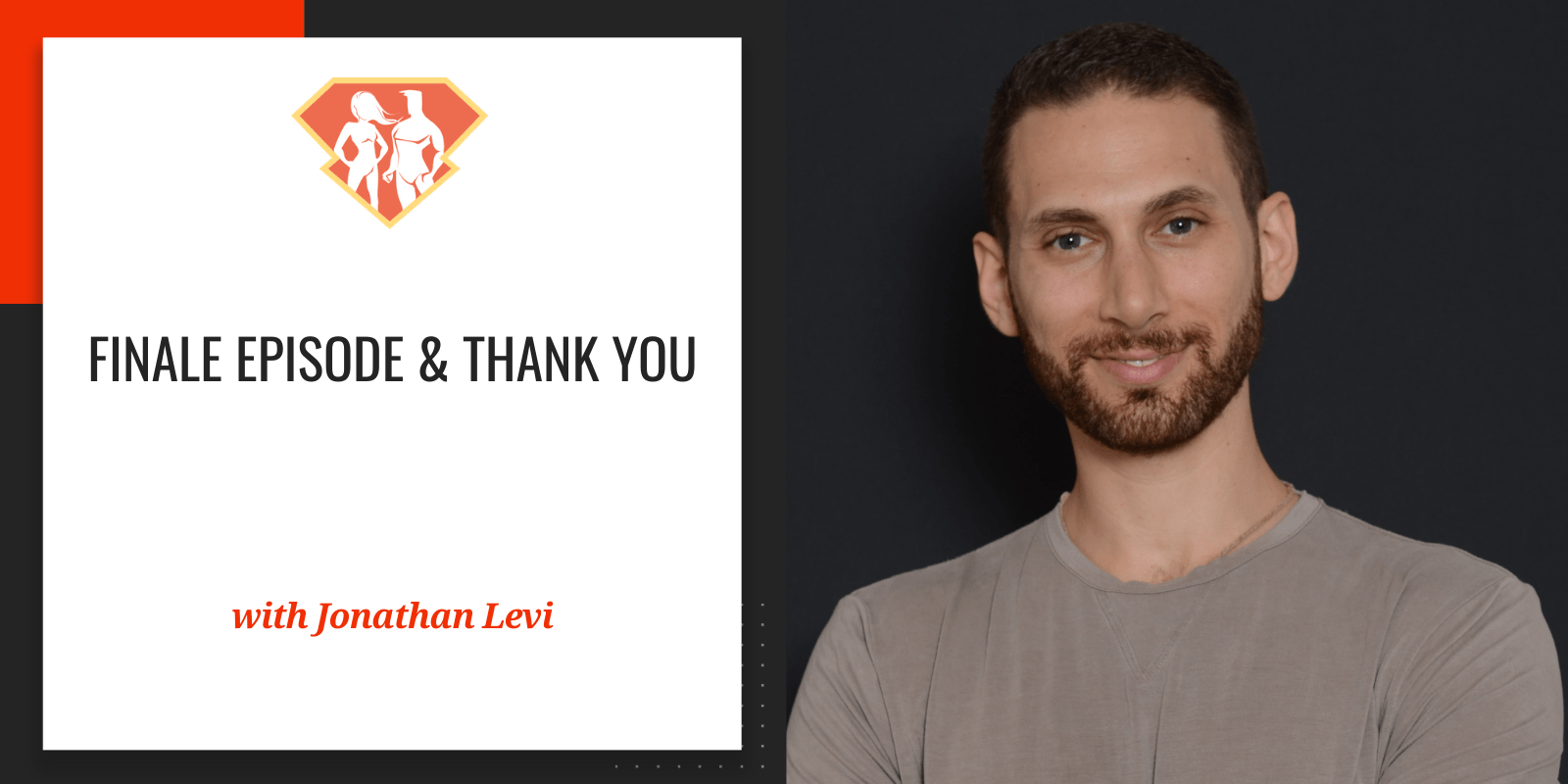
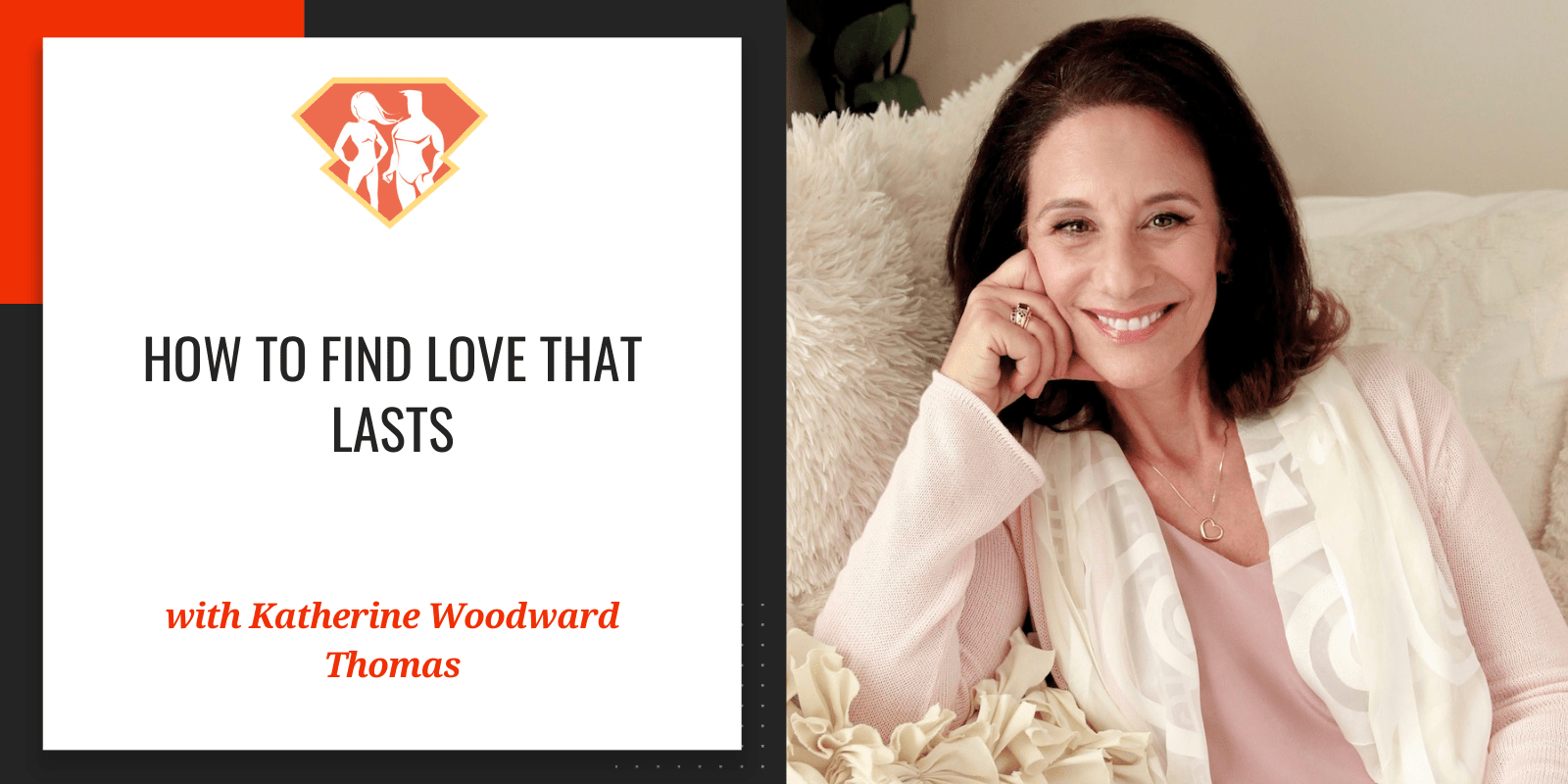
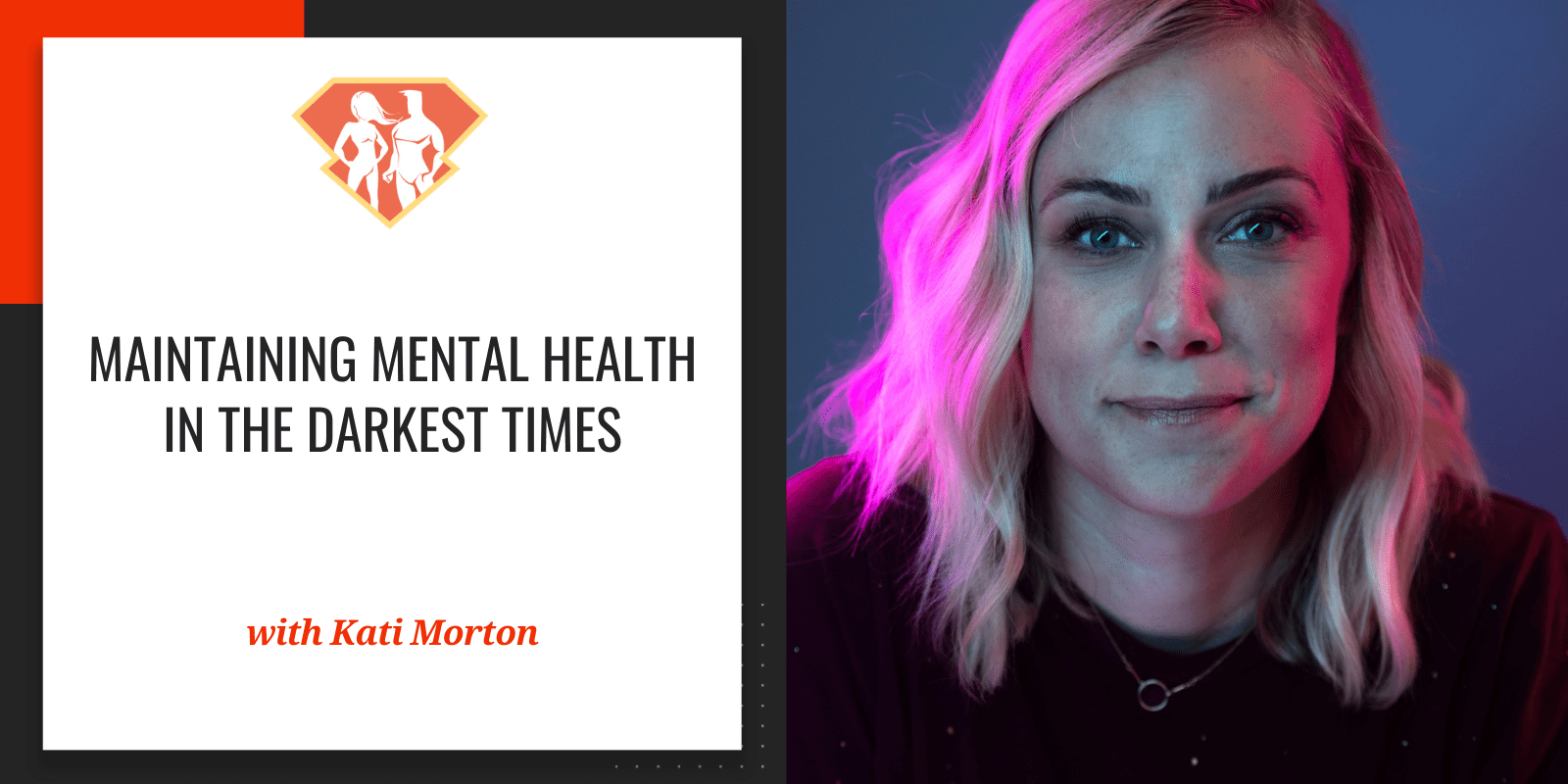
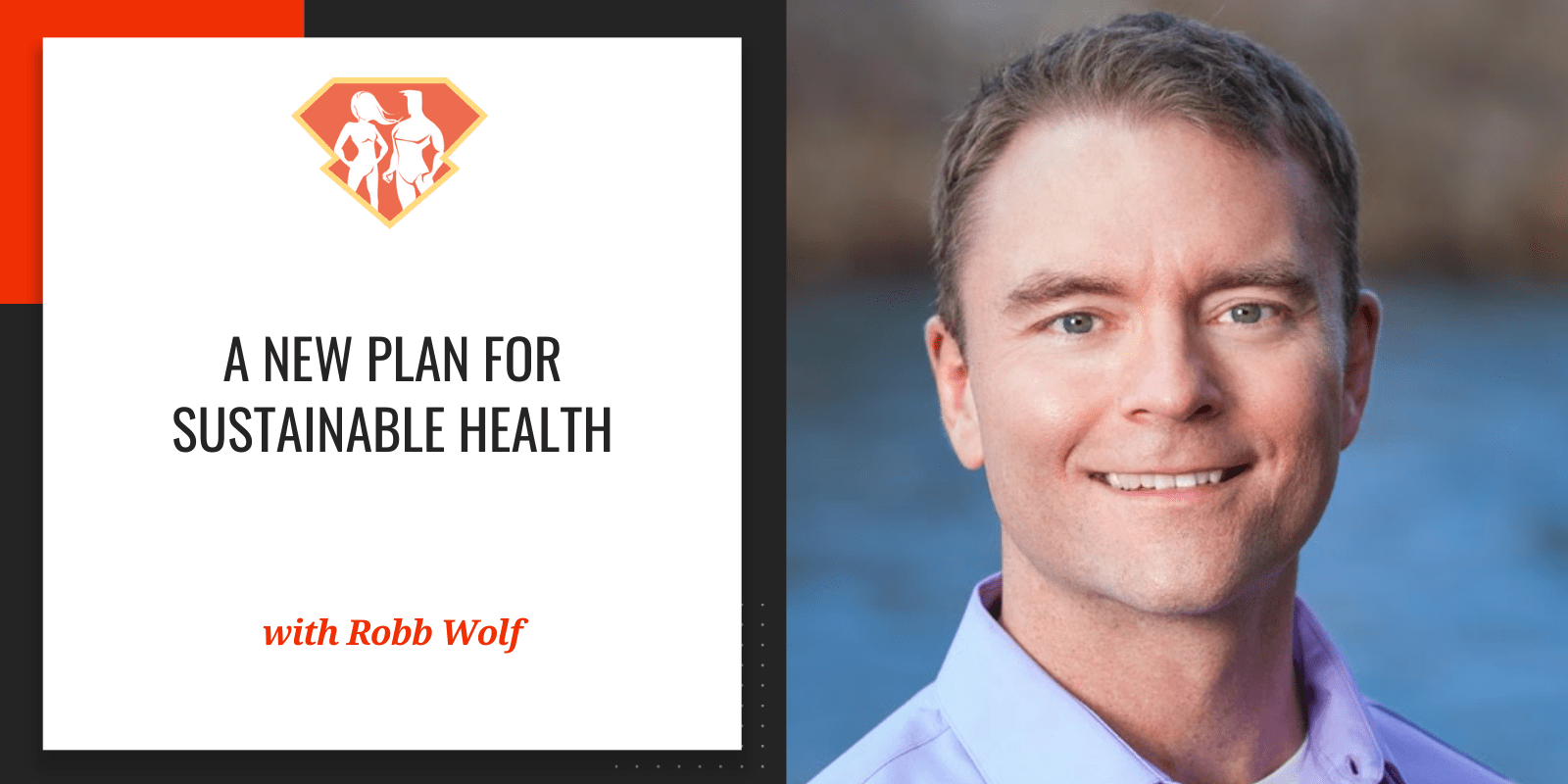
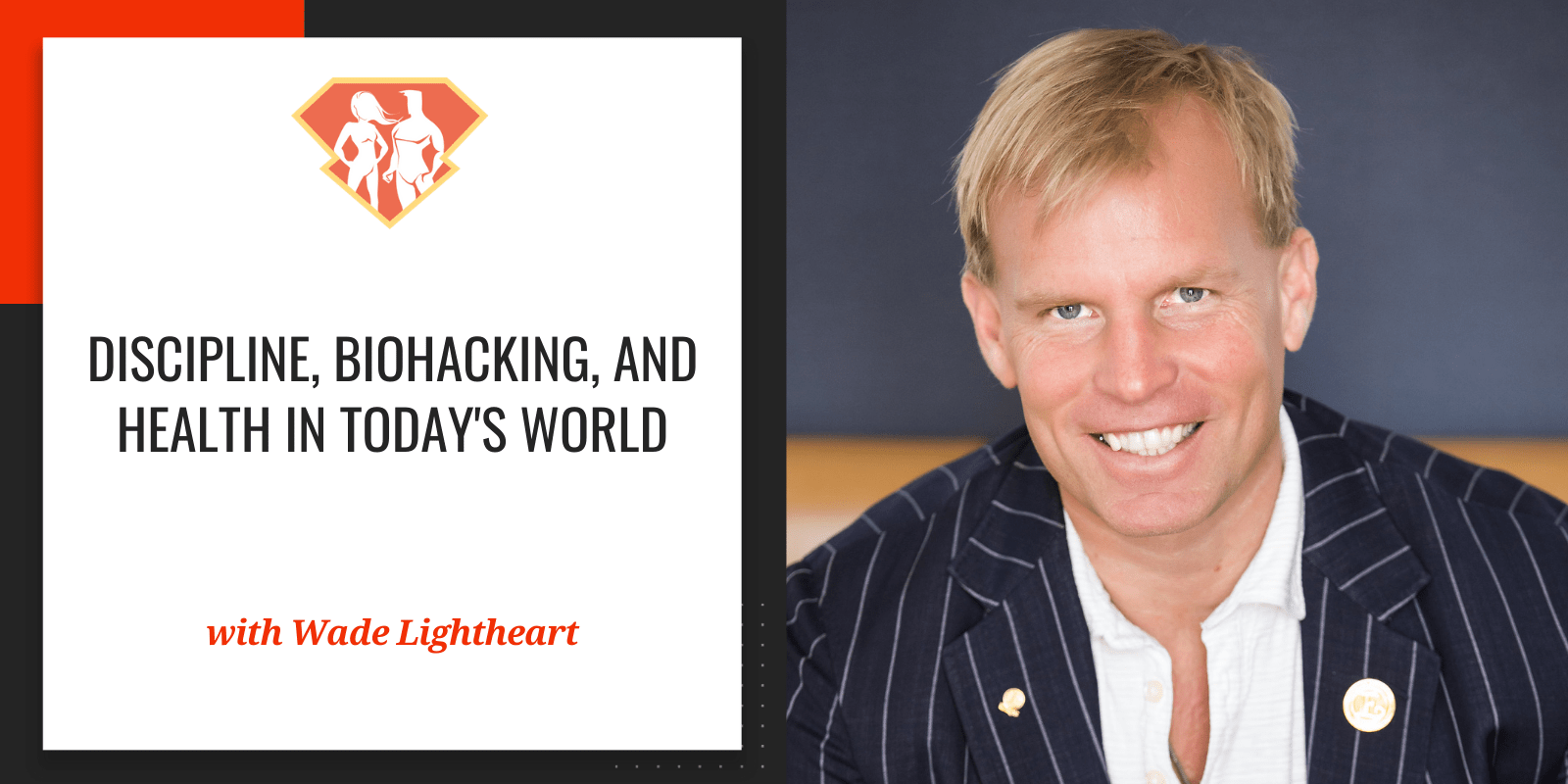
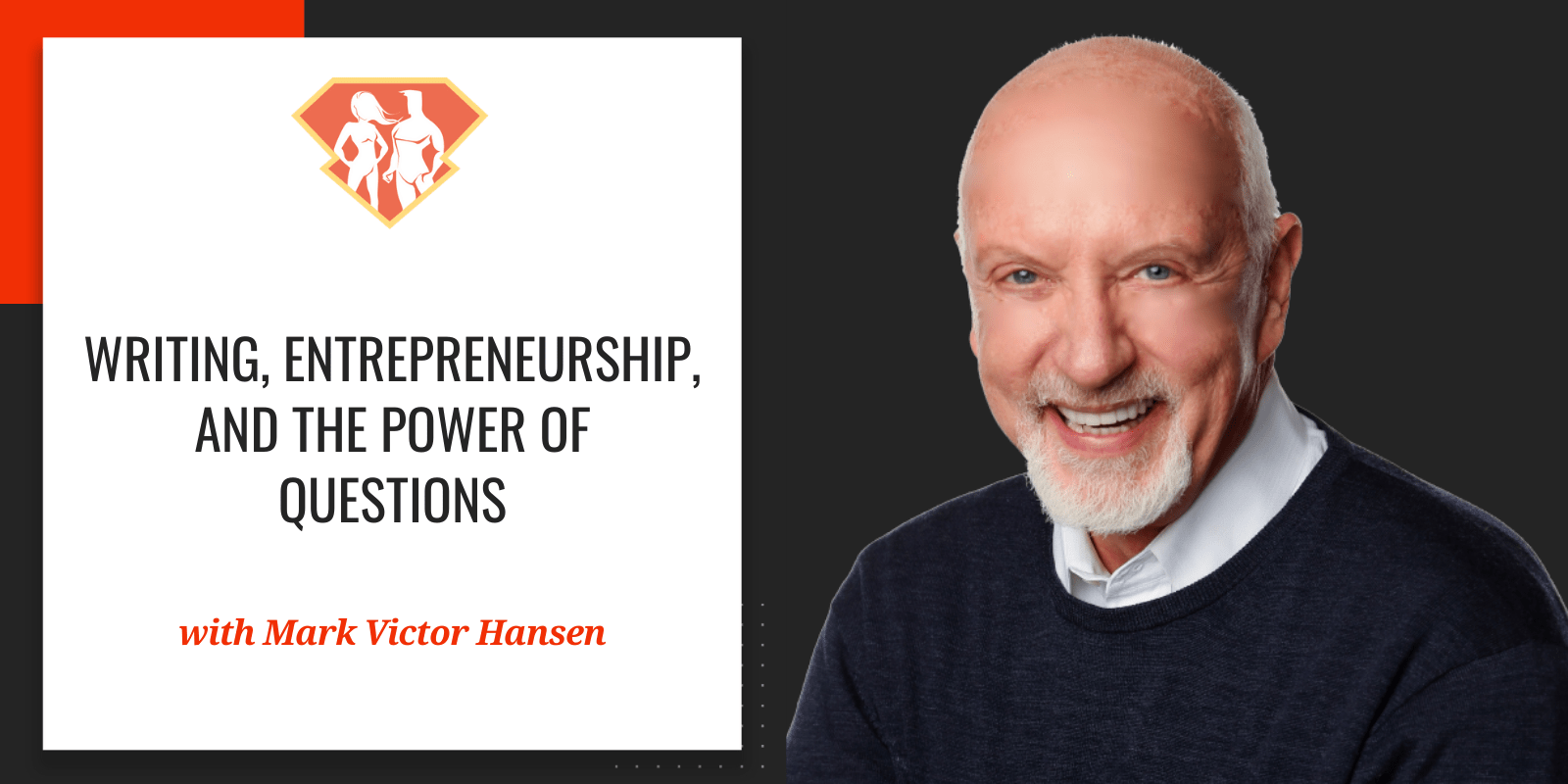
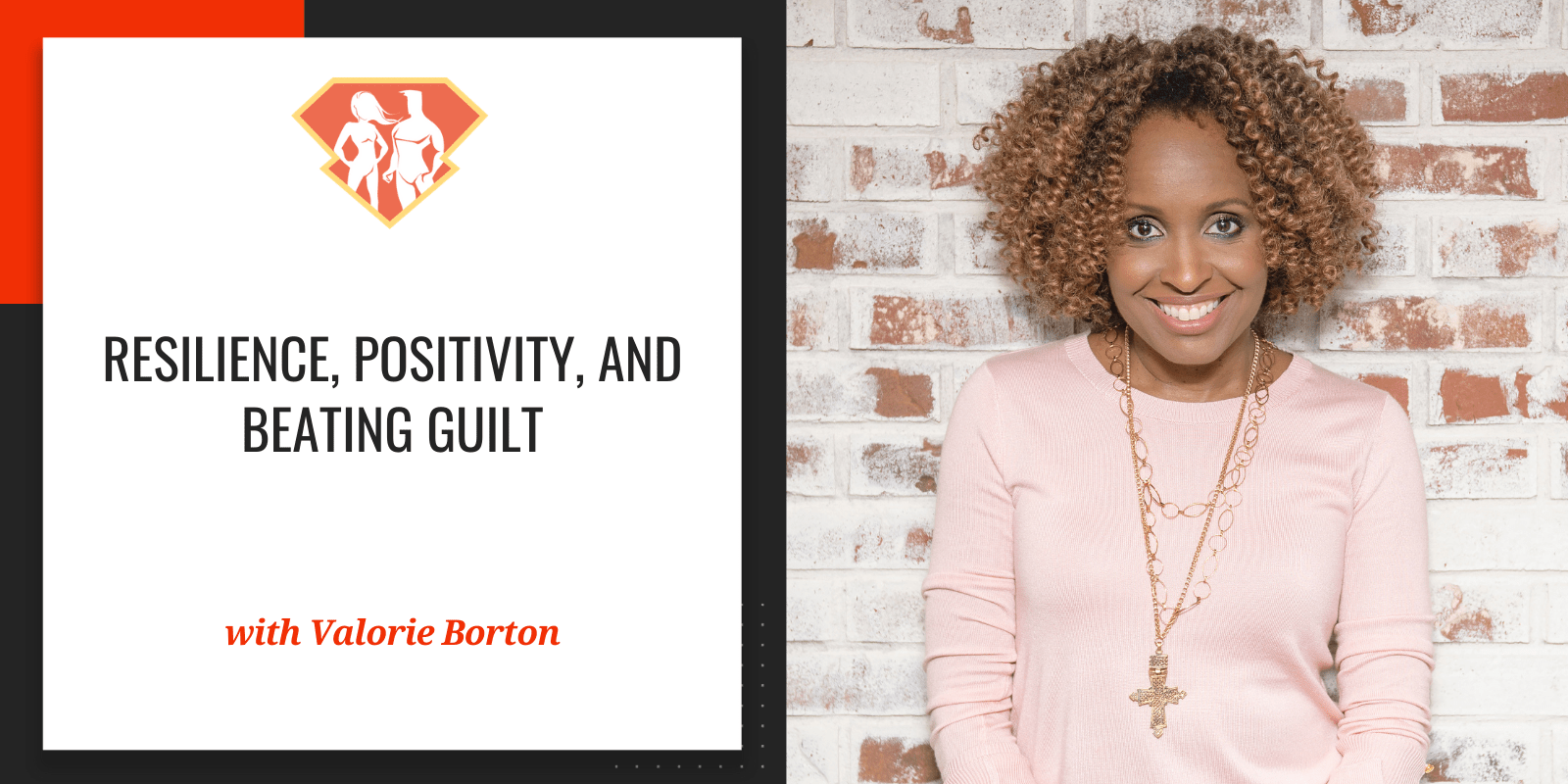
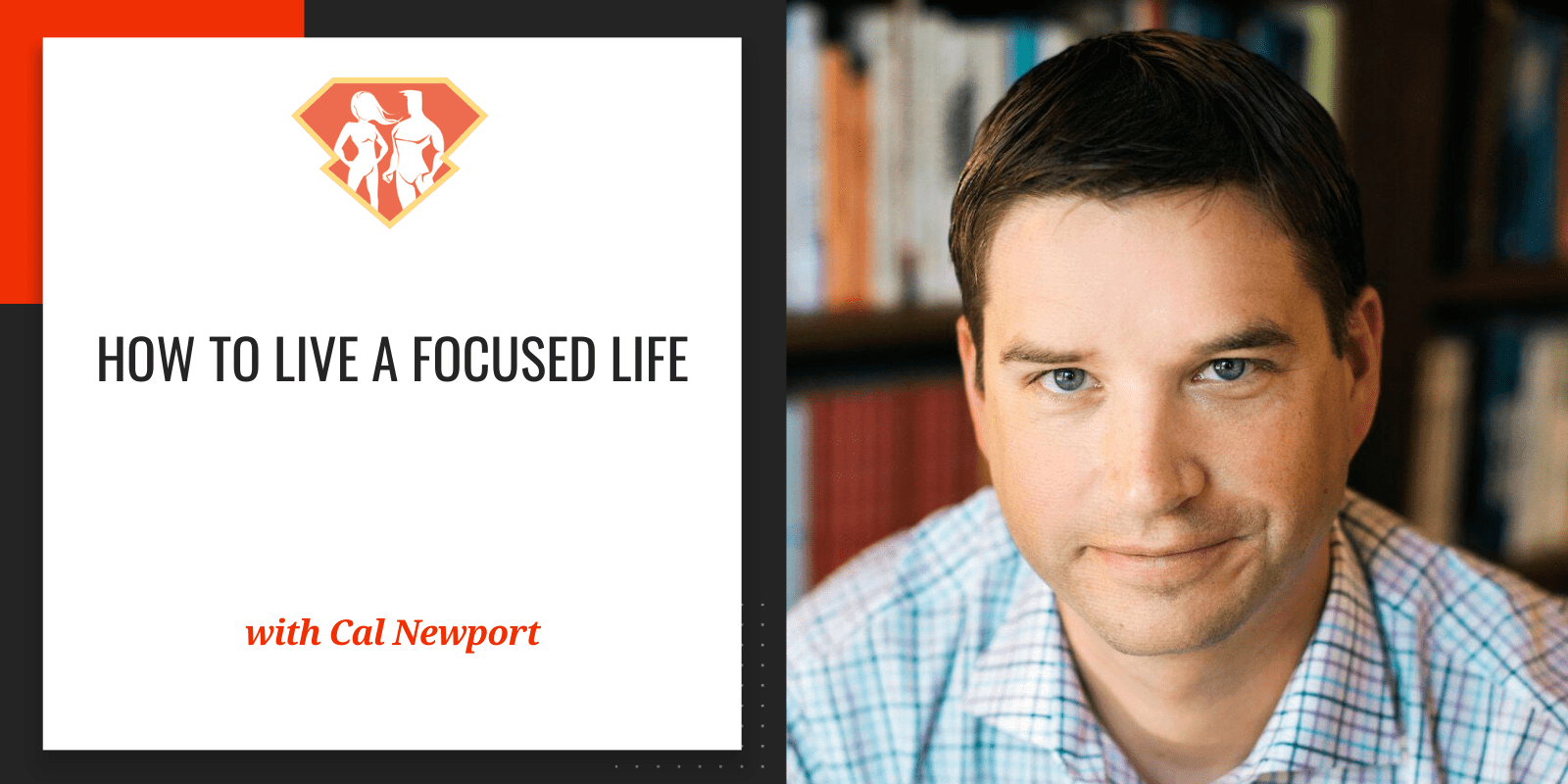
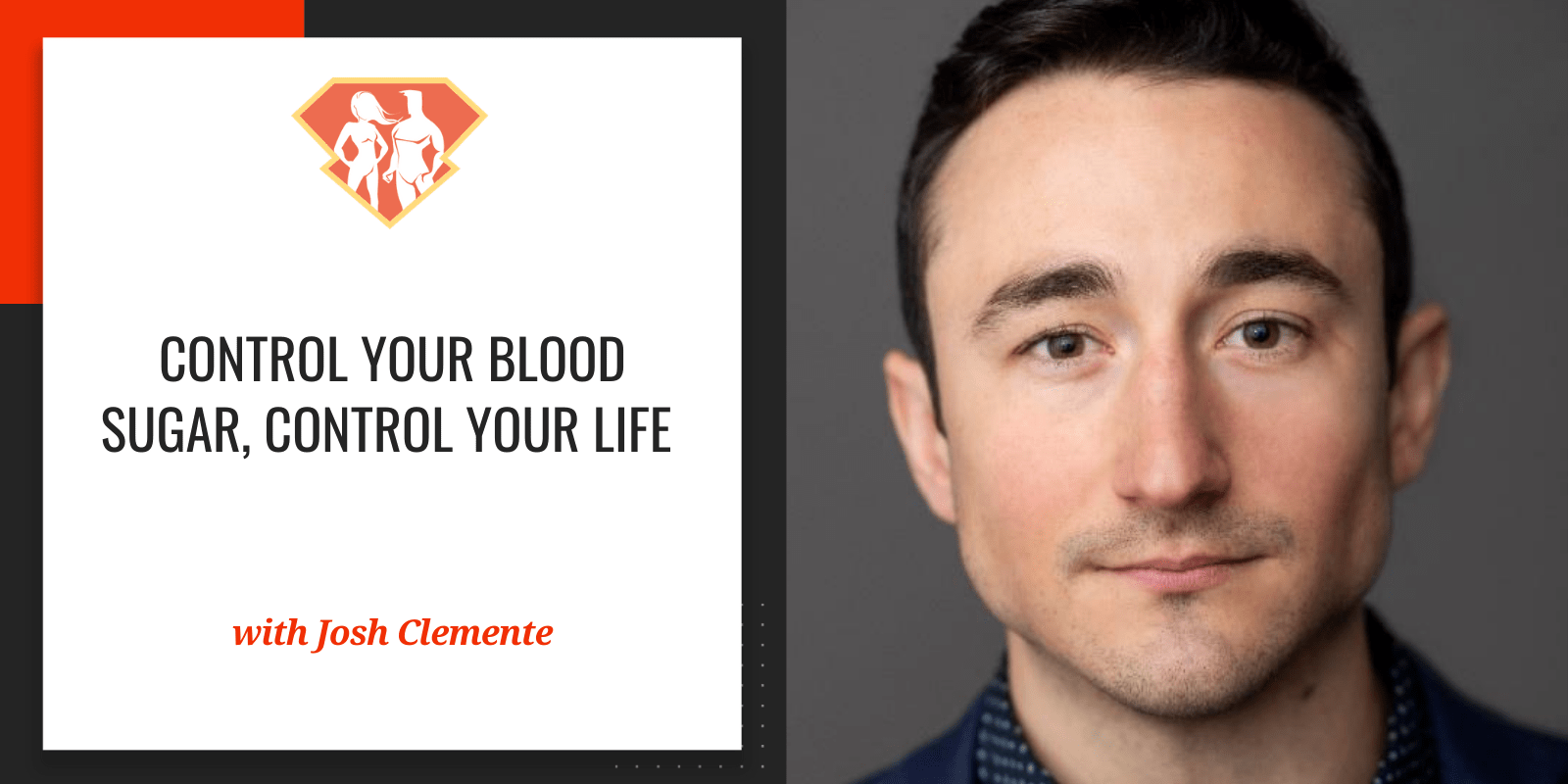
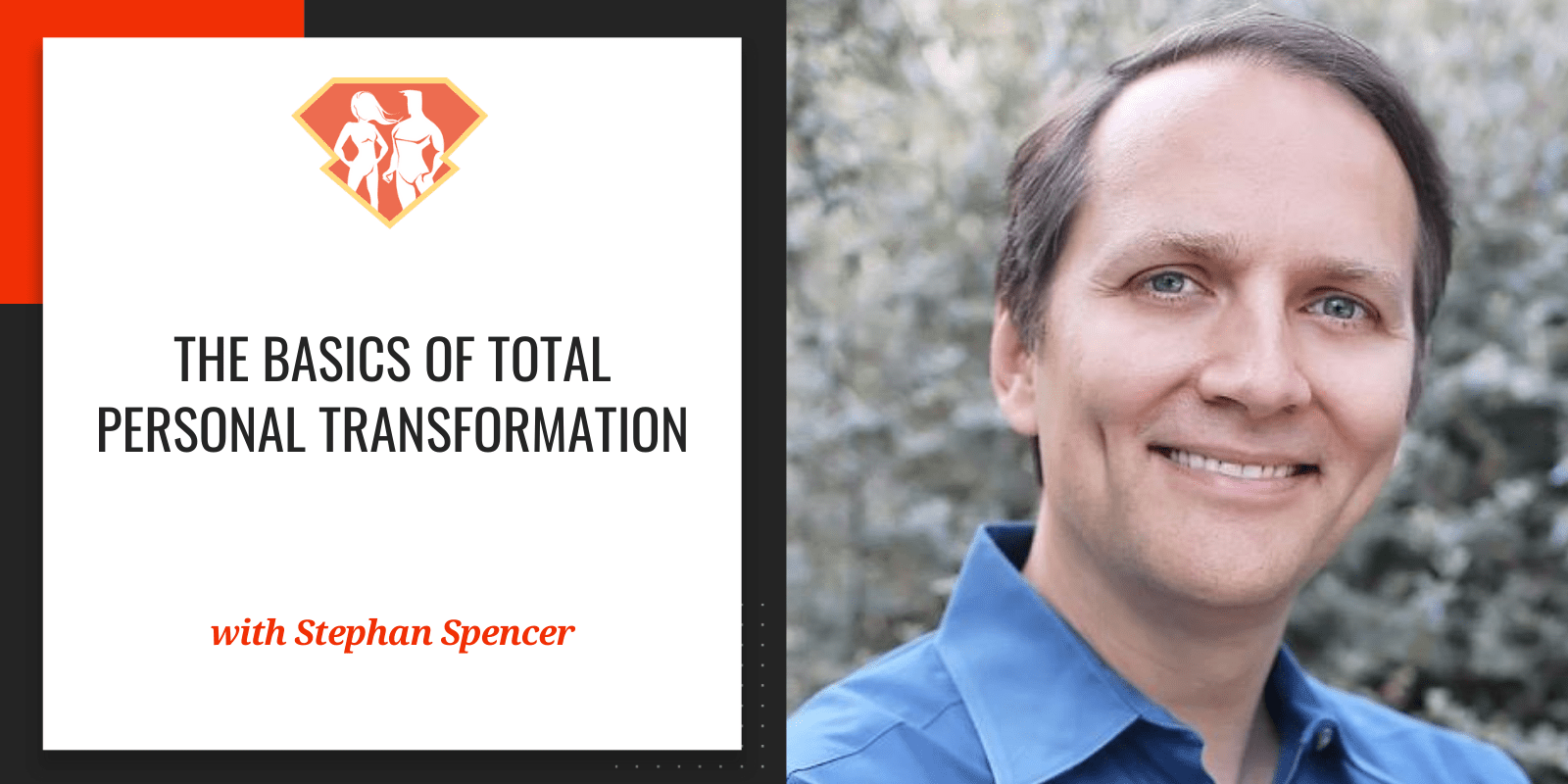
19 Comments
Thanks, I learned a lot of interesting things in past episodes.
loved th heart and the depth of the conversation. The way that Dr. Metivier shared from his enormous experience and insights was just amazing. Thank you Jonathan for doing this podcast!! 🙂
Great interview with Dr. Greg Wells! He mentioned a doctor from Colorado around the 42:30 point of the podcast, discussing turmeric and black pepper. I couldn’t make out the doctor’s name. Can you provide me with his full name and maybe his website or contact info. Interested in his products.
Thanks,
Rob
I am new here, and learning really fast.
Thank you.
Maybe oarts of the things he has to share are right, maybe not. If I look at him which impact his nurturing and living style has on himself I see a very old looking man! He is year 1973!! That is not old and he looks definitly much older!! If I would not know his birthyear I would guess that he is in his mid-60ies!! A bit concering for someone who claims his lifestyle is suitable for a long life, isn’t it?
Thanks in favor of sharing such a nice idea, post is good, thats why i have read it completely
Asking questions are genuinely good thing if you are not understanding something completely,
except this piece of writing offers good understanding even.
Excellent, insightful, efficient
This post is truly a fastidious one it assists new net
viewers, who are wishing in favor of blogging.
Thank you very much for this post. I think more people have to see it, to be very honest with you.
Nice post. Ilearn something totally new and challenging oon sites I stumbleupon on a daily basis.
It will always be helpful to read thhrough article
ffrom other authors and usee a littlke something from their web sites.
I like the helpful info you provide in our articles.
I wil bookmark your weblog andd check again herre regularly.
I’m quite certain I’ll learn plenty of new stuff right here!
Best of lluck for the next!
I wanted to thank you for this good read!! I definitely loved every little bit of it.
I have got you bookmarked to look at new things you post…
This is my first time pay a quick visit at here and i
am actually happy to read all at single place.
Hola! I’ve been following your web site for a while
now and finally got the bravery to go ahead and give you a shout out from Porter Tx!
Just wanted to tell you keep up the good work!
Keep this going please, great job!
This site was… how do I say it? Relevant!!
Finally I have found something that helped me. Kudos!
Thank you for the auspicious writeup. It in fact was a enjoyment account
it. Glance complicated to far delivered agreeable from you!
However, how can we keep in touch?
Hey There. I found your blog the usage of msn.
This is a really neatly written article. I’ll
make sure to bookmark it and come back to read more
of your helpful info. Thanks for the post. I’ll definitely comeback.